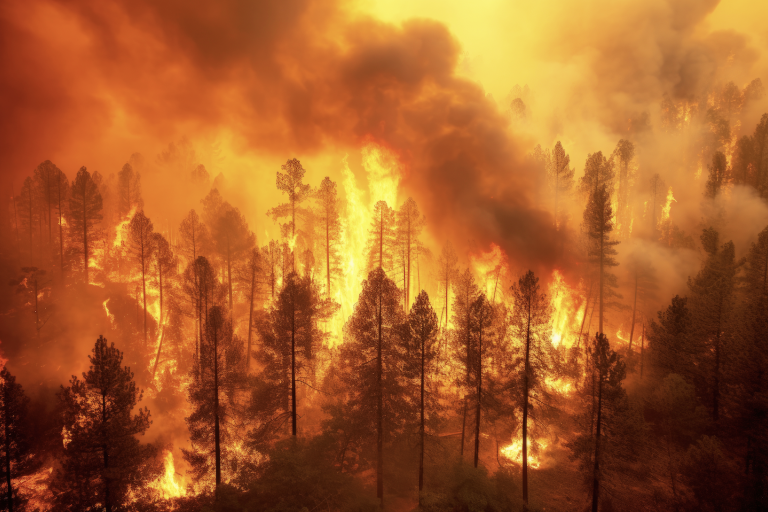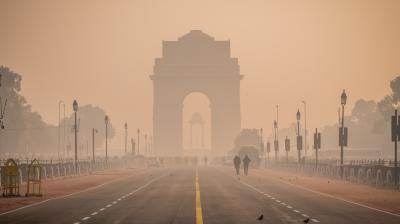WMO Air Quality and Climate Bulletin No. 3 - September 2023

Climate change is increasing the intensity and frequency of heatwaves. This extreme heat, compounded by wildfires and desert dust, is having a measurable impact on air quality, human health and the environment.
The 2023 WMO Air Quality and Climate Bulletin puts the spotlight on heatwaves. This is to draw attention to the fact that it is not just high temperatures which are a hazard, but also the impacts of resulting pollution which are often overlooked but but are just as pernicious.
It shows how heatwaves triggered wildfires in the northwestern United States and heatwaves accompanied by desert dust intrusions across Europe both led to dangerous air quality in 2022. It also includes case studies from Brazil on how parks and tree-covered areas within cities can improve air quality, absorb carbon dioxide and lower temperatures, thus benefiting inhabitants.
- Climate change increases the frequency and intensity of heatwaves
- Air quality and climate change must be tackled together
- The European heatwave of 2022 led to more ozone pollution
- Wildfire smoke harms human, ecosystem and crop health
- Parks and trees can ease “urban heat islands”
About the series
Ongoing climate change, caused by the accumulation of greenhouse gases in the atmosphere, is happening on a timescale of decades to centuries and is driving environmental changes worldwide. In contrast, the air pollution that occurs near the Earth’s surface happens on a timescale of days to weeks, and across spatial scales that range from local (for example, urban centres) to regional (such as the eastern United States of America, northern India or the Amazon).
Despite these wide‑ranging differences, air quality and climate change are strongly interconnected. The WMO Air Quality and Climate Bulletin reports annually on the state of air quality and its connections to climate change, reflecting on the geographical distribution of and changes in the levels of traditional pollutants.



